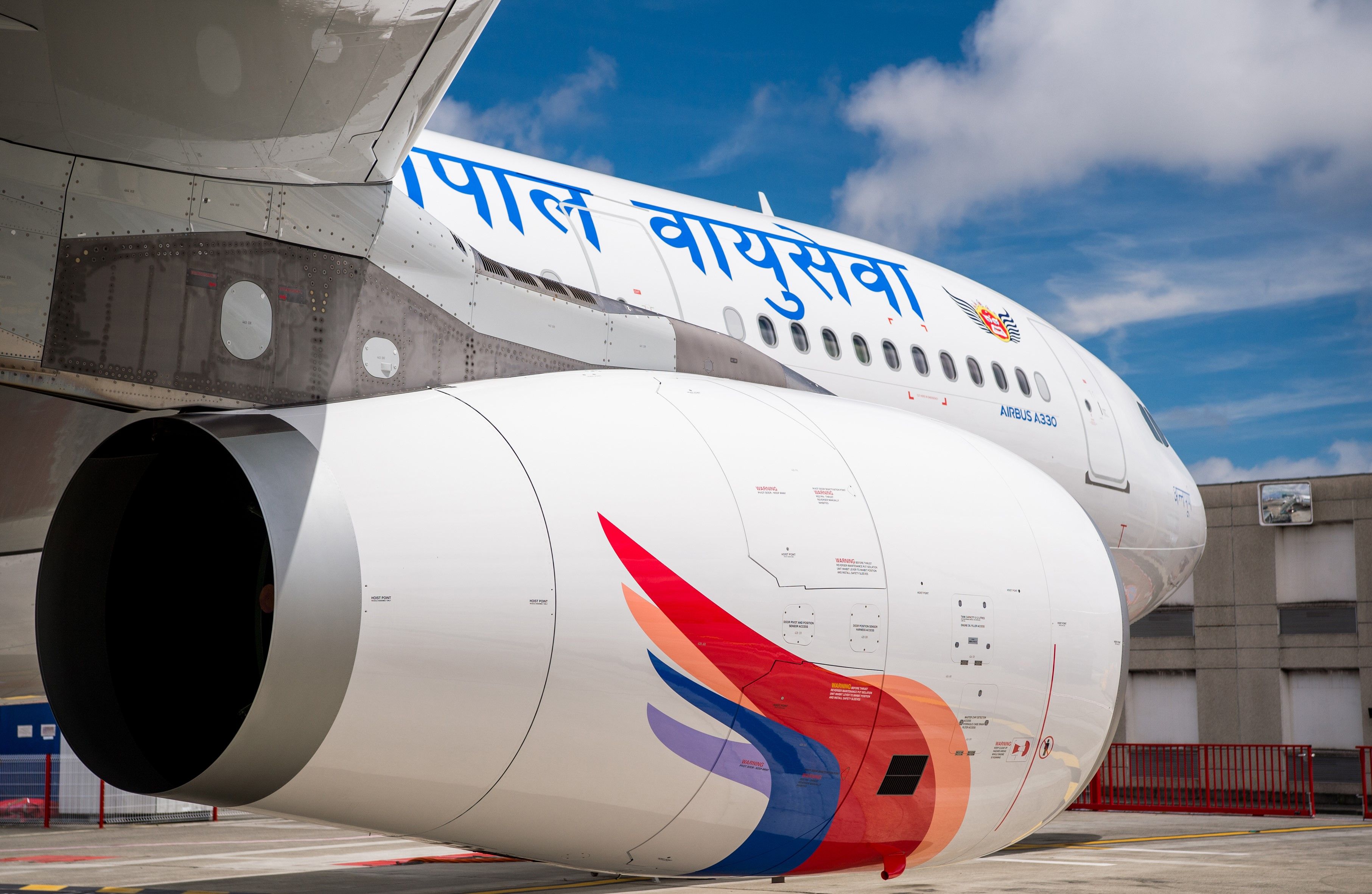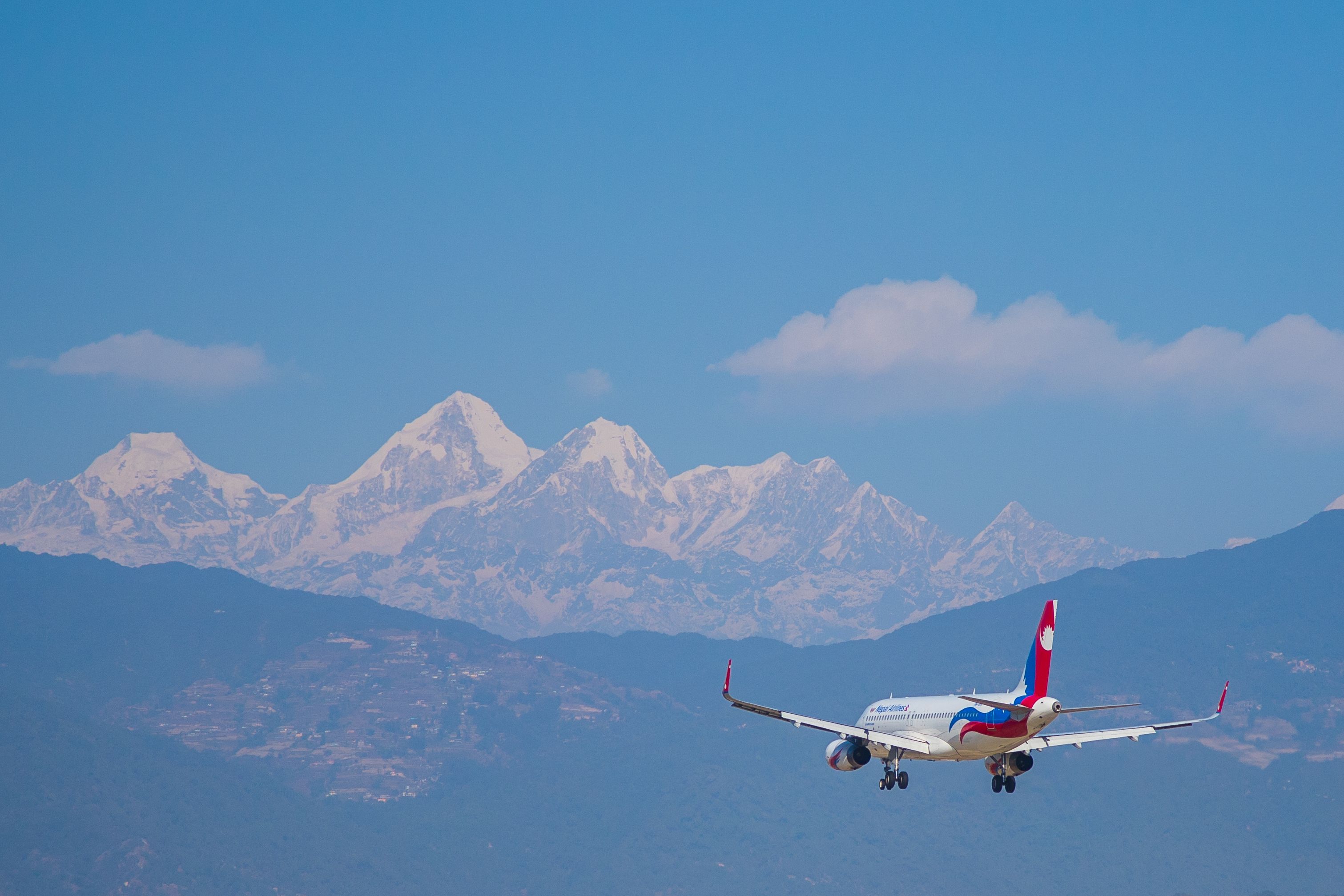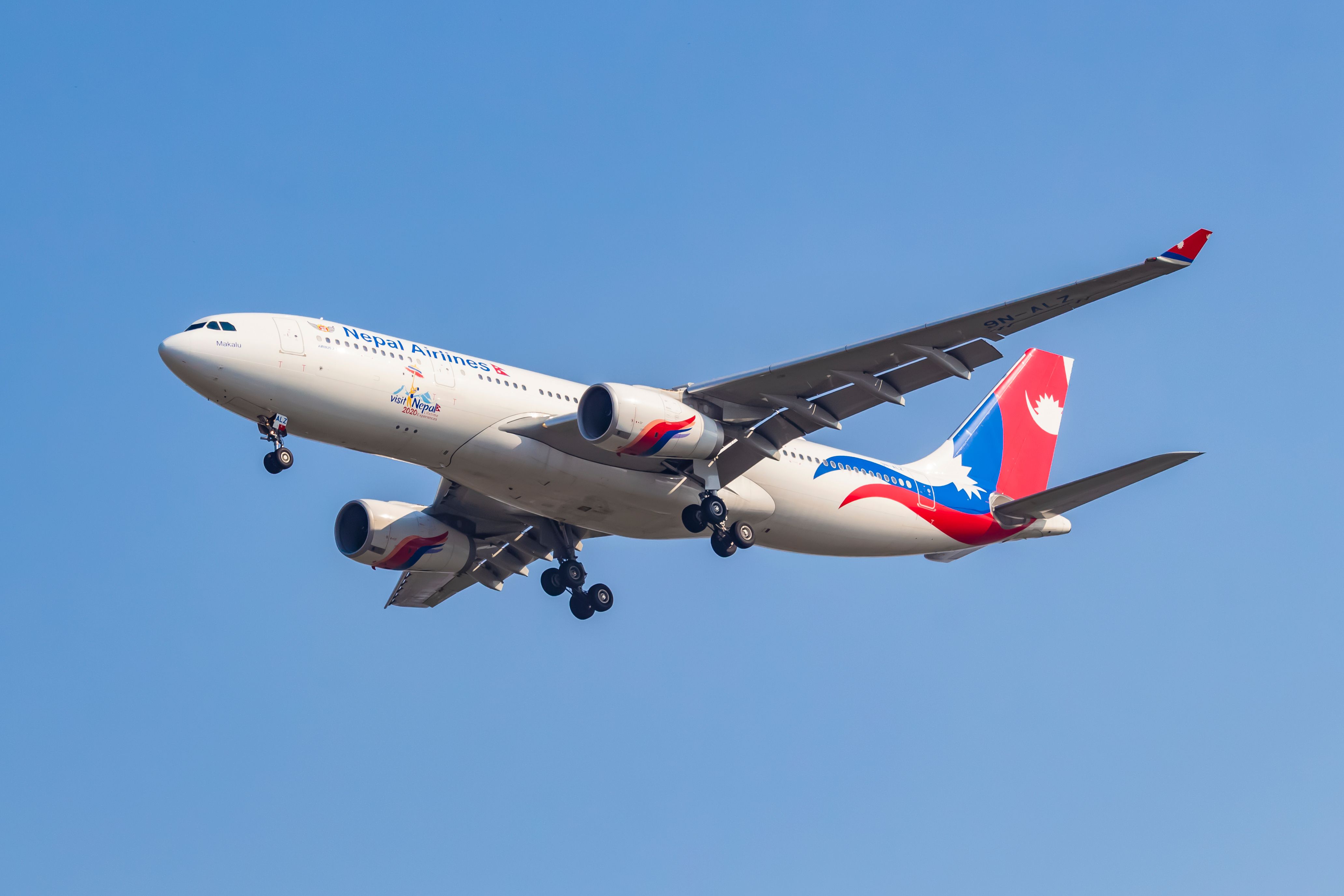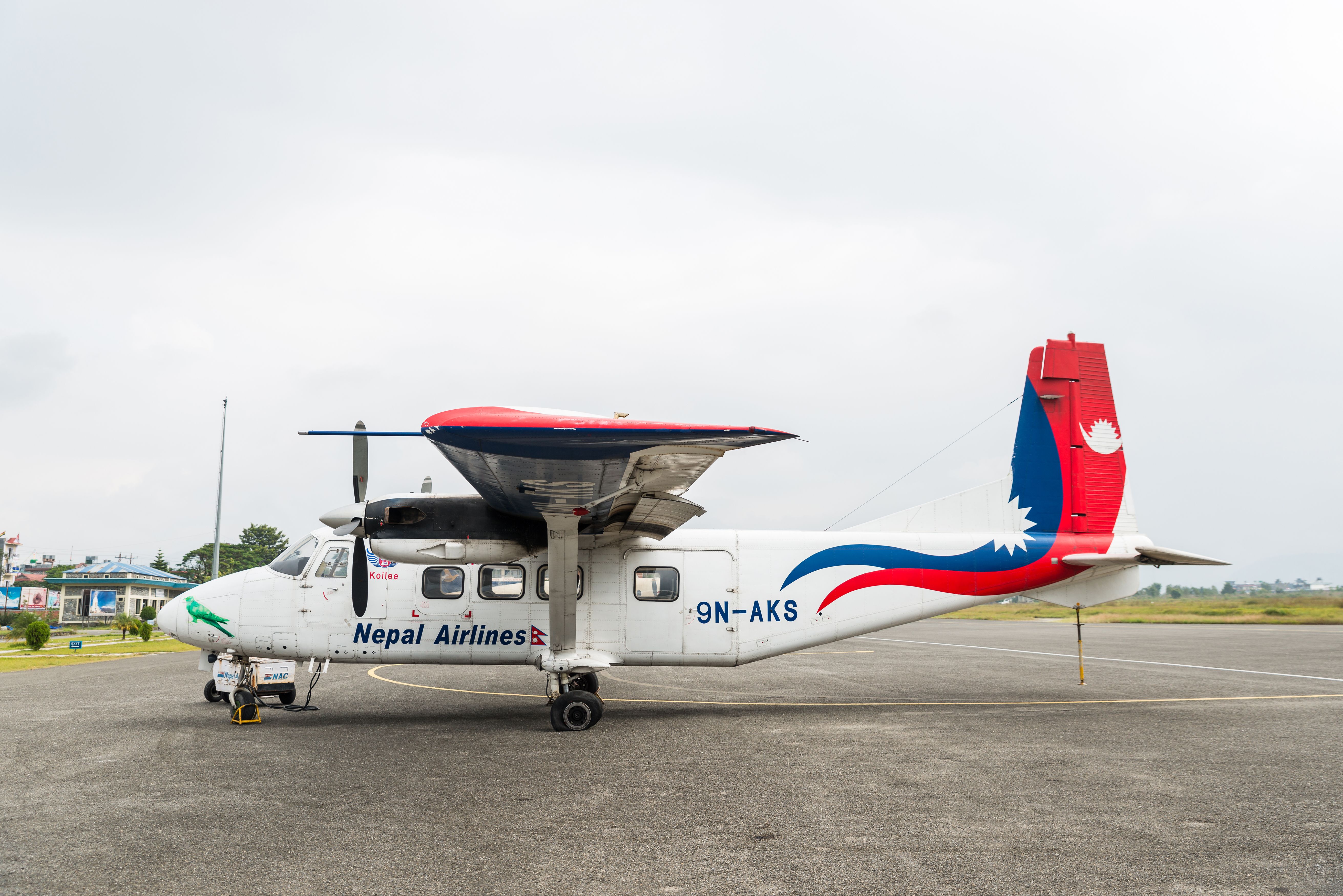From its base at Kathmandu’s Tribhuvan International Airport (KTM), Nepal Airlines operates a small but diverse fleet of six aircraft to destinations in nine countries across Asia. The mix of aircraft in the Nepalese flag carrier’s fleet ranges from small turboprops to widebody jets.
Airbus A320 – the workhorse of Nepal Airlines’ regional network
Nepal Airlines has two Airbus A320s in its fleet, the first of which (9N-AKW) was delivered new to the carrier in February 2015, with the second (9N-AKX) arriving just two months later. Each Airbus A320 seats a total of 158 passengers – eight in business class and 150 in economy class.
According to data from FlightRadar24.com, the carrier’s Airbus A320s have been operating flights from Kathmandu to a variety of regional destinations over the past week, including Delhi (DEL), Bengaluru (BLR), and Bangkok (BKK).
Airbus A330 – longer and higher-capacity routes
Nepal Airlines took delivery of its two new Airbus A330-200s in summer 2018, giving the aircraft, 9N-ALY and 9N-ALZ, an average age of 4.7 years old. They are used to operate high-capacity regional routes such as Kathmandu to Hong Kong (HKG), as well as longer routes to the Middle East. Since last year, the Airbus A330-200s have also been flying from Kathmandu to Riyadh (RUH), currently the airline’s longest route.
Each of the carrier’s Airbus A330-200s carries a maximum of 274 passengers in a two-class configuration – 18 in business class and 256 in economy class. The aircraft both feature Nepal Airlines’ flagship Shangri-La business class, while all seats in economy class are equipped with personal inflight entertainment – a first for a Nepalese airline.
De Havilland Canada DHC-6 Twin Otter – domestic services
By far the oldest aircraft in Nepal Airlines’ fleet, data from ch-aviation.com shows that the two turboprops (9N-ABT and 9N-ABU) have an average age of over 38 years old. The DHC-6s are deployed on the carrier’s domestic network, which is well suited to the aircraft’s 19-seat, all-economy configuration, and regularly fly to destinations including Bhojpur and Tulsipur.
With such mountainous terrain, air travel between cities is an increasingly common way to move around the country. Nepal’s domestic air market was liberalized in 1992, leading to a number of private competitors being established, including Buddha Air, Yeti Airlines, and Everest Air, all looking to tap into this growing market.
Nepal Airlines’ fleet used to be even more varied. Until 2019, the carrier also operated the Boeing 757-200M, and in 2020, it chose to ground its Chinese-built fleet of two Xian Ma60s and four Harbin Y12s, citing financial and operational reasons.
Ongoing safety concerns
Due to safety concerns highlighted by ICAO, Nepal Airlines has been banned from flying in the European Union since December 2013, along with all other Nepalese carriers. The country’s aviation safety record was thrown into the spotlight once again following the tragic crash of Yeti Airlines flight YT691 last month.
Get the latest aviation news straight to your inbox: Sign up for our newsletters today.
Have you flown on Nepal Airlines? Which route and aircraft did you travel on? Share your experiences by commenting below.




